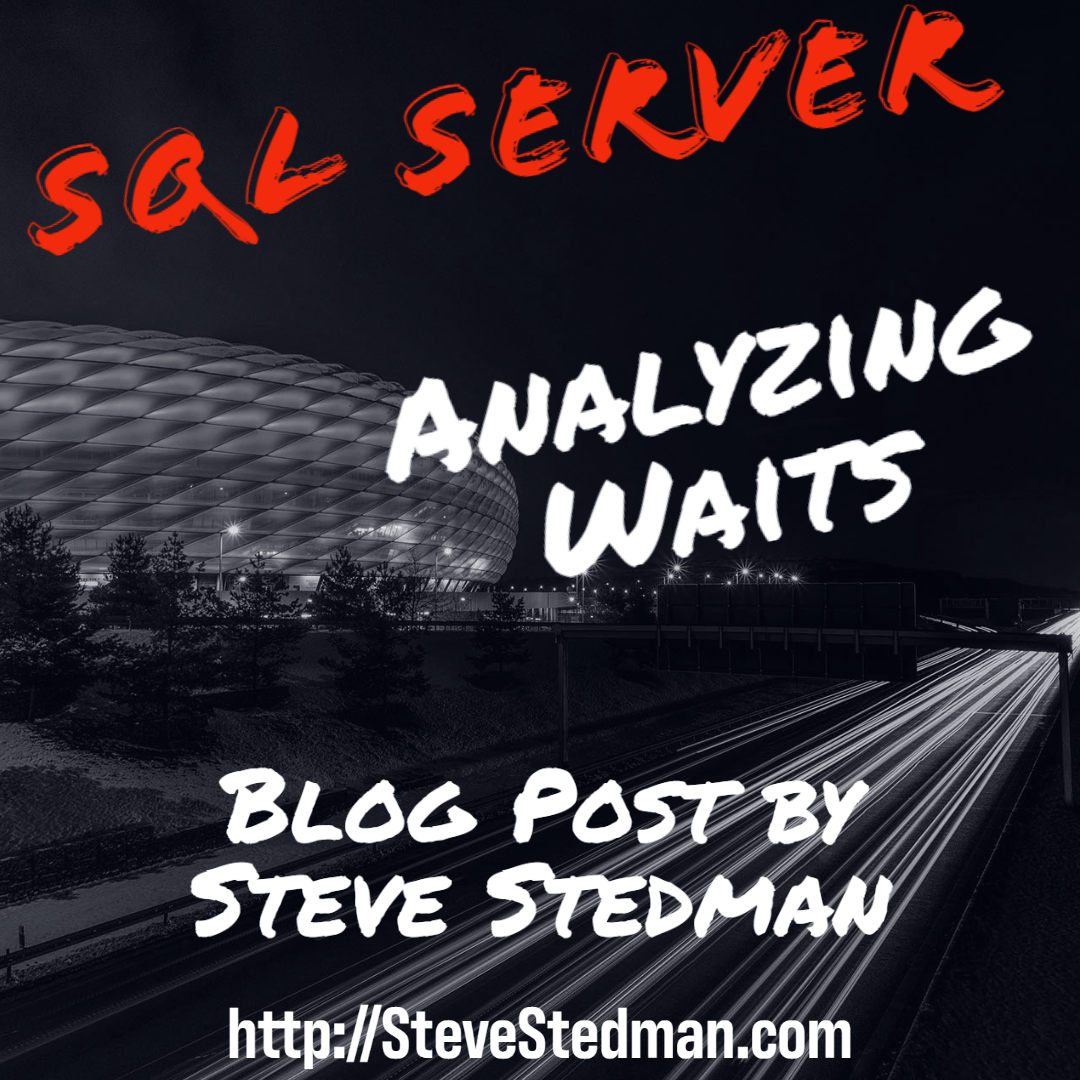SQL Server Wait Type: HADR_CLUSAPI_CALL

Wait statistics, in the context of SQL Server, refer to the amount of time that a query spends waiting to access data in the database. When a client application requests data from the database, the request is placed in a queue and the client application must wait for its turn to access the data. The time that the query spends waiting is called a “wait” and is tracked by SQL Server. This information can be used to identify potential performance bottlenecks and optimize the performance of the database. Wait statistics are commonly used by database administrators to diagnose and troubleshoot performance issues in SQL Server.
SQL Server HADR_CLUSAPI_CALL wait types are a type of wait that occurs when a user request is waiting for a response from the Windows Server Failover Clustering (WSFC) API. This type of wait is typically associated with Always On Availability Groups, which is a feature of SQL Server that provides high availability and disaster recovery for your databases.
When a user request is made to an availability group, the SQL Server engine will first check if the request can be serviced by the local primary replica. If the local primary replica is not able to process the request, the request will be forwarded to the Windows Server Failover Clustering API for further processing. This is where the HADR_CLUSAPI_CALL wait type comes into play.
While a user request is waiting for a response from the WSFC API, it will be in a HADR_CLUSAPI_CALL wait state. This means that the request is not actively being processed, but it is not lost or discarded either. Instead, it is waiting for the WSFC API to provide a response so that it can be processed by the appropriate availability replica.
The HADR_CLUSAPI_CALL wait type is typically a benign wait type and is not something to be concerned about. However, if you notice that your SQL Server is experiencing a high number of HADR_CLUSAPI_CALL waits, it could indicate a performance issue with your availability group. In this case, it may be worth investigating further to determine the cause of the issue and take appropriate action to resolve it.
Overall, SQL Server HADR_CLUSAPI_CALL wait types are a normal part of the operation of Always On Availability Groups and do not typically indicate a problem. However, if you notice a high number of these waits, it could be worth investigating to ensure that your availability group is performing optimally.
More details avilable on this wait type here: http://DatabaseHealth.com/Waits/HADR_CLUSAPI_CALL.html

Do you have a favorite tool for monitoring your wait statistics on SQL Server over time? This is something that you can use Database Health monitor to do. More details at http://DatabaseHealth.com.
If you are having performance issues associated with this wait type and need some help, please contact us with our 30 minute consultation link.
More from Stedman Solutions:

Steve and the team at Stedman Solutions are here for all your SQL Server needs.
Contact us today for your free 30 minute consultation..
We are ready to help!

Leave a Reply